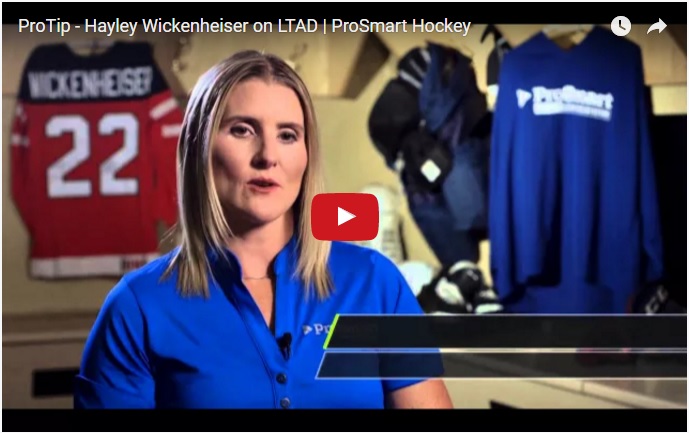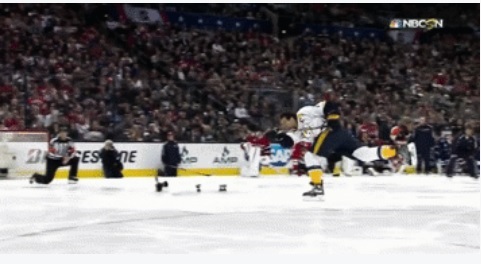3 Baseball Skills that will Improve your Hockey Game
This article was posted with permission from Tyler Hinds from the pro smart website. It is an excellent resource for players, coaches and parents! Can’t say enough about what a great site this is! http://www.prosmartsports.com/
By Tyler Hinds; I’m a two strike swinger, I’m a pepsi cola (@THinds3)
“What a great system and resource! I have been coaching minor sports now (hockey and baseball) for over 5 years and I was constantly looking for resources from different websites and other resources spending hours searching for drills and plays and ideas and ProSmart alleviated all that headache. They also make it so simple to understand and use all of these great tools, from the videos, to the moving practise plans and laid out in a weekly format that fits the development of the kids at their respected age groups. Thanks a ton ProSmart, just waiting for you to get baseball rolling now.” – Steve Thomas, Kamloops Minor Hockey Association
(click on image for video)
Baseball happens to be the perfect transition sport for young hockey players that are just coming out of their winter season. Besides soccer and lacrosse, there aren’t too many other sports with start and end dates that align as well. Let’s talk about some of the transferable skills from baseball that can help your kid’s on-ice play next season.
Weight Transfer
(click on image for video)
Take notes kids. Watch Jose Bautista’s hips as they transfer his weight through contact (capped off with a legendary bat flip). Weight transfer is the principle of shifting your body weight from your back leg, through your hips, and onto your front leg which will generate far more power into your baseball swing as opposed to just using your upper body to rotate the bat. This concept also applies to the rotation involved in taking a slap shot or one-timer on the ice. Get those hips moving!
(click image for video)
Hand-Eye Coordination
Making solid contact on an incoming pitch starts with your hand-eye coordination. Baseball players must learn to watch the ball making contact with their bat instead of just swinging aimlessly, looking for the fence. The best hockey players in the world have unbelievable hand-eye coordinator; they can bat down elevated pucks all over the ice. Whether it’s breaking up a saucer pass, controlling a bouncing pass, or tipping in a point shot, batting practice will only help improve this on-ice skill.
Fielding x3
1. Catching – First things you learn in baseball: how to catch and how to throw. Throwing doesn’t really apply to hockey but catching certainly does. How many times has a bouncing puck skipped over your stick at the blue line resulting in a breakaway for the other team? Get down and field that puck with your hand, just like a shortstop. Thankfully hockey players don’t need to make the throw to first.
2. Footwork – Quick footwork is a skill that will help an athlete succeed in any sport. Baseball players, especially infielders, must be light on their toes to react to ground balls and to square their shoulders for an accurate throw. None of this can happen in time to throw someone out if their footwork isn’t up to snuff. Likewise, hockey players need good footwork to jump on loose pucks off of face-offs or escaping a tight checking opponent.
3. Getting Up – Every millisecond in baseball counts, it can be the difference between a single or a double play. Making that highlight reel diving catch is one part, getting back to your feet in a timely fashion to make the throw is another. Falling down is inevitable in hockey but those that get back to their feet the quickest will still be able to be involved in the play. The famous words of Chumbawamba apply here perfectly, I know you know the song.


![200_s[1]](https://www.coachenio.com/wp-content/uploads/2023/02/200_s1.gif)
